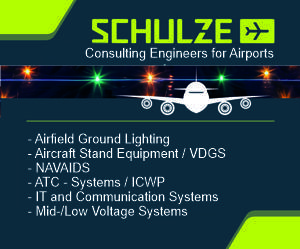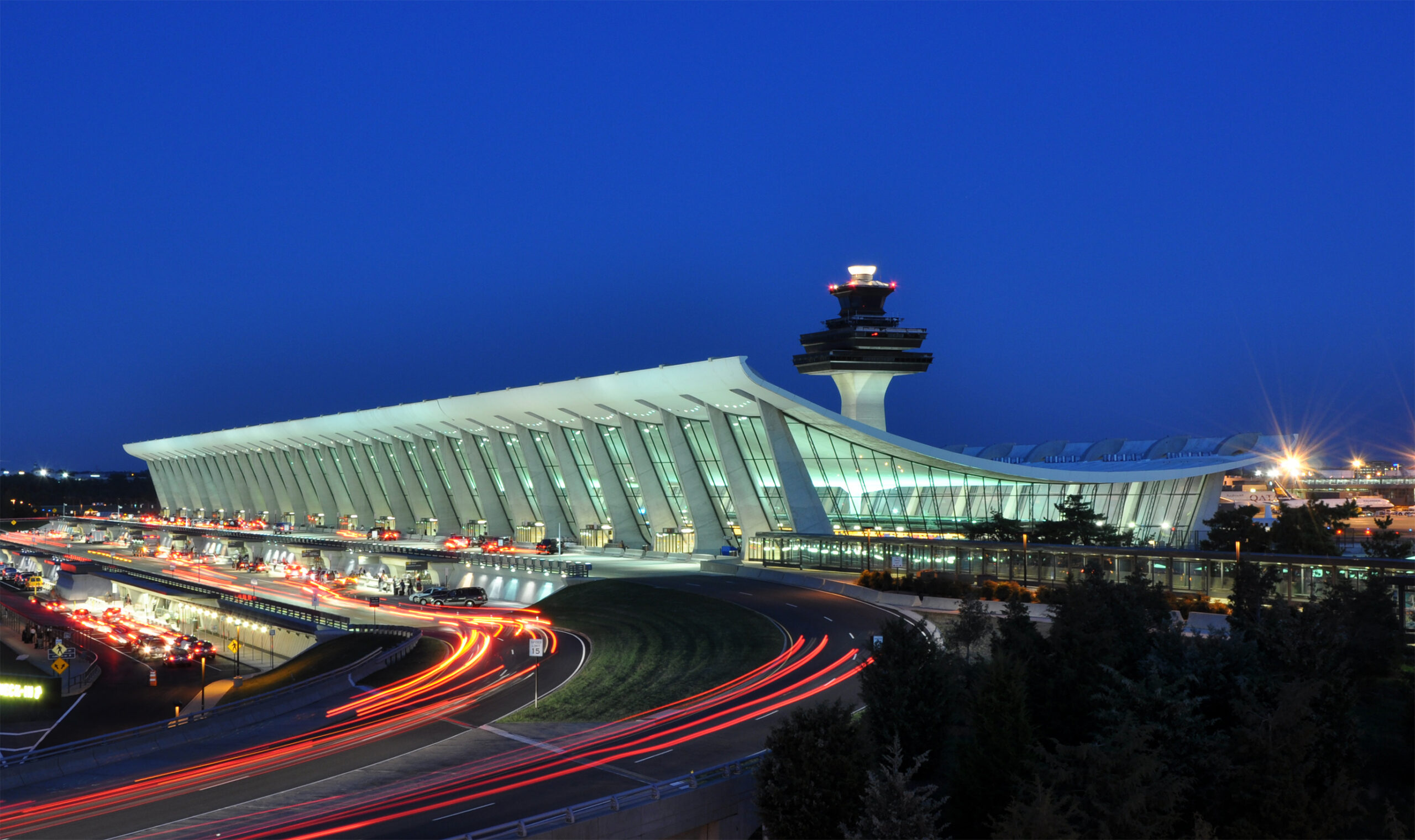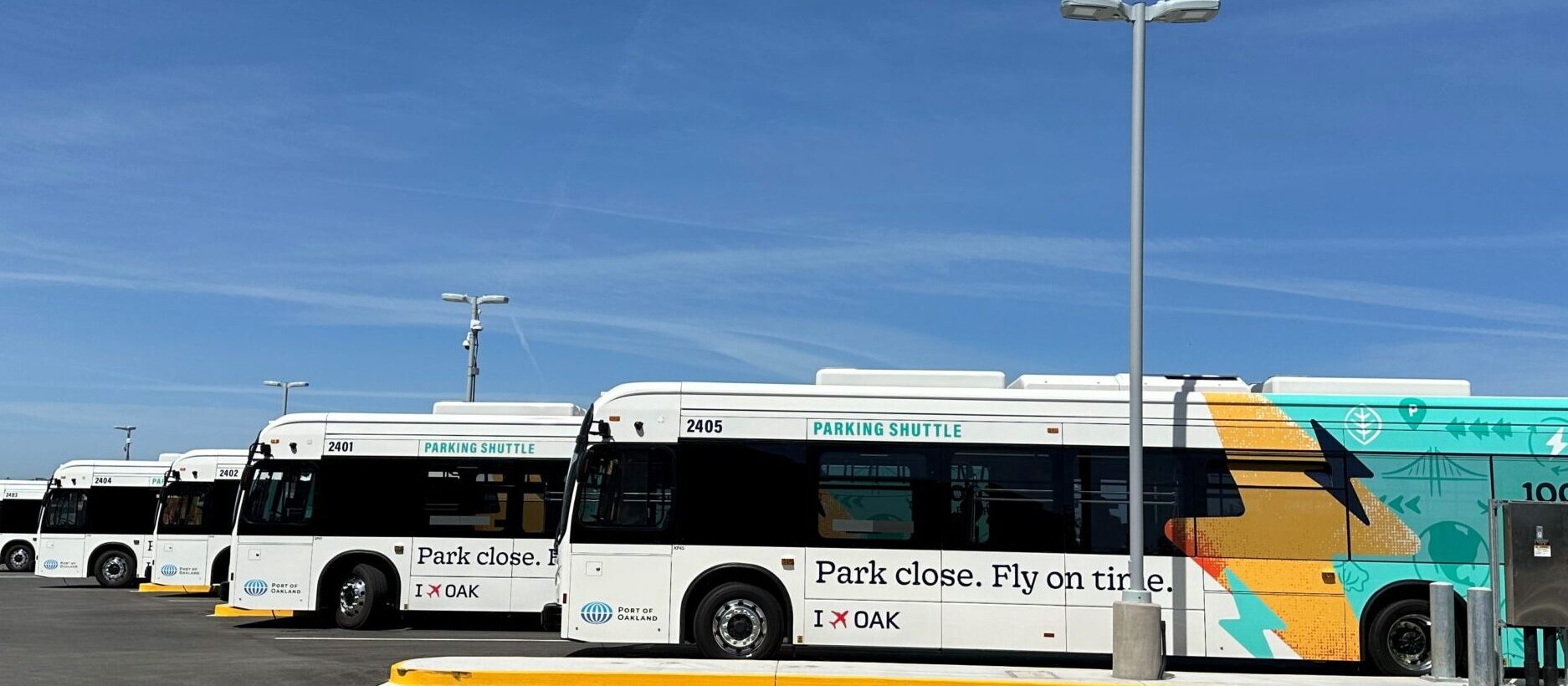The Federal Aviation Administration (FAA) has implemented a series of interim measures at Newark Liberty International Airport (EWR) in response to ongoing disruptions caused by runway construction, staffing shortages, and telecommunications failures.
On Wednesday 28 May, U.S. Transportation Secretary Sean P. Duffy provided a comprehensive update on the situation, confirming new flight caps, infrastructure fixes, and a push for Congressional support of modernisation efforts.

Technical Failures at EWR
The FAA’s action follows a series of telecom and radar outages at Philadelphia TRACON, which oversees Newark’s airspace. The most severe incident occurred on 28 April, when both radar and communications systems failed for a combined 90 seconds, triggering flight delays. A similar incident on 9 May again led to temporary reductions in traffic flow.
These failures were traced to a software glitch, since resolved through a system patch that proved effective during another telecom disruption on 11 May. A final incident on 20 May, involving two seconds of radio static, did not affect safety but underscored ongoing fragility in the system.
In response, the FAA has launched a series of infrastructure upgrades:
- A new fibre-optic line between Philadelphia and New York has been installed, replacing the previous fault-prone connection. Testing is underway with a planned switchover in early July.
- A second fibre line will soon replace a copper connection between New York and Newark.
- Three high-bandwidth connections are being installed between Philadelphia TRACON and the New York radar hub.
- A new radar (STARS) hub at Philadelphia TRACON will reduce dependency on New York systems.
- A temporary backup system has also been deployed to support the transition.
Duffy highlighted Verizon’s role in rapidly laying the new fibre line as an example of how the private sector can prioritise FAA needs when given the mandate.
Duffy said:This is a good example of what can happen when private industry prioritises FAA projects.
Flight Limits at EWR
As part of its response, the FAA has issued a temporary order limiting the number of arrivals and departures at Newark to help manage delays and ensure safety. The revised limits took effect on 20 May 2025.
During the ongoing upgrade of Runway 4L/22R, the number of permitted take-offs and landings has been reduced from an average of 54 per hour to 28 per hour. Once the runway reopens, targeted for 15 June, the figure will rise slightly to 34 per hour.
This cap will remain in place until 25 October 2025, when the FAA expects more certified air traffic controllers to be available.
Duffy praised the Port Authority of New York and New Jersey, noting the runway construction team had been working seven days a week, up to 18 hours a day, to ensure the project is delivered efficiently. Concrete laying is complete, and final striping is now underway.
The FAA is currently working with airlines, including United, Delta, JetBlue, American, Alaska, Spirit, and Allegiant, to adjust flight schedules in line with current capacity at Newark.
Staffing Shortages at TRACON
Underlying many of Newark’s recent disruptions is a significant shortage of certified air traffic controllers at Philadelphia TRACON, the radar facility responsible for the airport’s airspace.
Out of 27 total staff, only 22 are certified controllers, six of whom are currently on leave, including five on trauma-related leave. This leaves 16 certified staff available to manage a highly complex and busy airspace.
An additional 16 personnel are in training, having transferred from other airspaces where they were previously certified. However, retraining for the Philadelphia environment is a time-intensive process. Certification is being completed on a rolling basis, and the FAA expects the controller pool to grow over the coming months.
To address the shortfall longer term, the FAA has filled all scheduled training slots through July 2026, reinforcing its commitment to increasing staffing capacity across the national airspace system.
Calls for Congressional Action
Duffy used Newark’s ongoing difficulties to make a broader case for nationwide air traffic control modernisation. He noted that parts of the current system are up to 40 years old and that the US is short on roughly 3,000 controllers nationwide.
He praised the House of Representatives for including 12.5 billion USD in infrastructure funding, but stressed that more would be needed. He also urged the Senate to act swiftly and remove red tape that could delay progress.
Duffy said:This is the most critical infrastructure project in America right now. The House has put $12.5 billion into the bill. It won’t be enough. The Senate now needs to act—and they must clear the permitting backlog that could delay progress by years.
Despite the disruption, Duffy insisted that flying to and from Newark remains safe, thanks to the FAA’s decision to slow operations while infrastructure and staffing issues are addressed.
The FAA has promised to provide regular public updates as it continues to stabilise operations at Newark and modernise air traffic control systems across the country.
Duffy’s full address can be viewed here:












